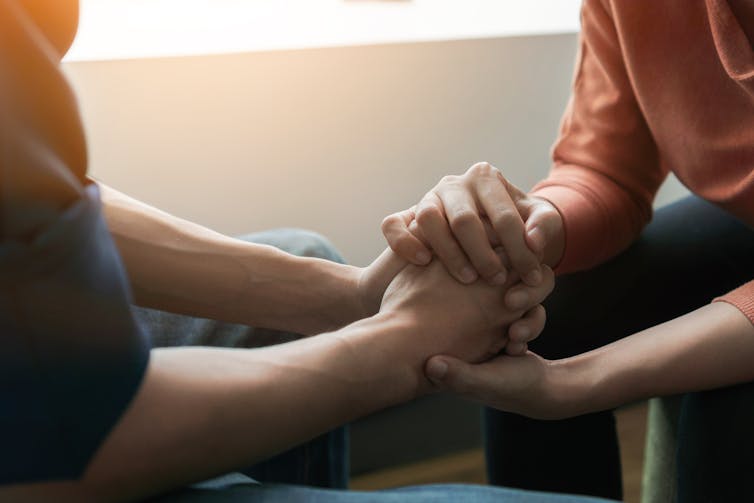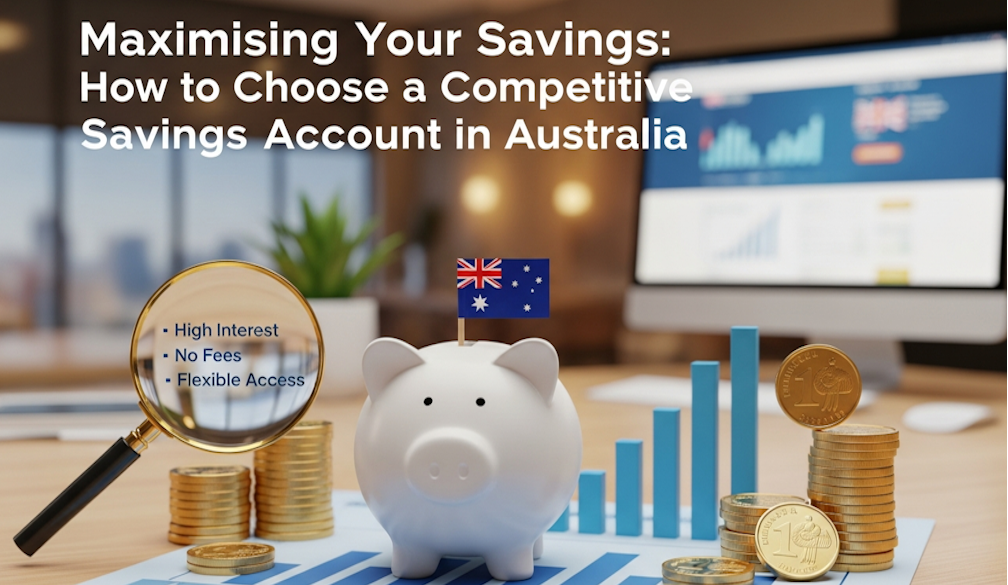debunking the myths around self-injury
- Written by Penelope Hasking, Associate Professor of Psychology, Curtin University
Non-suicidal self-injury is the deliberate damage of body tissue without conscious suicidal intent. It’s more specific than self-harm, a broader term that can also include suicide attempts.
Self-injury is reasonably common, particularly among young people. In community samples, 17% of adolescents and 13% of young adults had engaged in self-injury.
Self-injury is associated with underlying psychological distress, and increased suicide risk. People who self-injure are typically doing so to cope with intense emotions.
Read more: Why do people intentionally injure themselves?
Although we continue to understand more about self-injury, there remains significant public stigma towards people who self-injure.
This stigma can make people who self-injure reluctant to seek help or disclose their experiences to others. Research shows only half the people who are already seeing a therapist for mental health concerns will tell even their therapist about it.
One way to combat stigma, and support disclosure and help-seeking, is to debunk the common myths and misconceptions that surround self-injury.
Myth 1: only teenage girls self-injure
Self-injury is often thought of as a “teen fad”, and as especially prevalent among teenage girls. It’s true self-injury usually starts during adolescence, but people of all ages and genders self-injure. Recent research shows the second most common time to start self-injury is in a person’s early 20s.
Consistent with this, self-injury is common among university students; up to one in five report a history of self-injury, with about 8% self-injuring for the first time during university.
Although more women in treatment settings report self-injury, it’s likely that in community settings, self-injury is equally common among males and females. This may be because women are more likely than men to seek help.
Myth 2: people who self-injure are attention-seeking
One of the more pervasive myths about self-injury is that people self-injure to seek attention. Yet, self-injury is usually a very secretive behaviour, and people go to great lengths to hide their self-injury.
Instead, in the majority of research, people report the main reason they self-injure is to cope with intense or unwanted emotions.
Read more: Talking about suicide and self-harm in schools can save lives
Other common reasons people self-injure are to punish themselves or to stop an escalating cycle of painful thoughts and feelings. People may self-injure to communicate how distressed they are, particularly if they have trouble verbally expressing their feelings. In other words, their self-injury is a cry for help.
A recent study found influencing and punishing others was the least likely reason for self-injury.
Myth 3: people who self-injure are suicidal
By definition, non-suicidal self-injury is not motivated by a desire to end life. In addition to serving a different function, the frequency of suicidal and non-suicidal behaviours differs. That is, suicide attempts are generally infrequent, whereas non-suicidal behaviours can occur more often.
 People who self-injure can benefit from support from friends, family, and health professionals.
From shutterstock.com
People who self-injure can benefit from support from friends, family, and health professionals.
From shutterstock.com
The methods used, the outcomes of the behaviours, and appropriate treatment responses also all differ. People at risk of suicide may require immediate and more intensive intervention; although both non-suicidal self-injury and suicidal behaviour need to be taken seriously and responded to compassionately.
For these reasons, it’s important to be clear when we are talking about self-injury and when we are talking about suicidal thoughts or behaviour.
Myth 4: there is a self-injury ‘epidemic’
While many people report at least one instance of self-injury, fewer people engage in repeated episodes.
Further, there is little evidence rates of self-injury have increased in recent years. Hospital records indicate an increase in presentations for “deliberate self-harm”, but these are predominantly poisonings, not self-injury.
Other studies show more people reporting self-injury, but it’s unclear whether this is because people are more comfortable disclosing their self-injury, or because self-injury is increasing.
Research suggests when the methodologies of the studies are taken into account, rates of self-injury have not increased over time.
Read more: Does more mental health treatment and less stigma produce better mental health?
Myth 5: social media contributes to self-injury
Internet and social media are highly relevant to many people who self-injure as they offer a means to obtain social support, share their experiences with others who have been through similar things, and obtain coping and recovery-oriented resources (for example, stories about other people’s experiences).
This is not surprising given the stigma attached to self-injury, which leaves many people who self-injure feeling isolated from others.
Despite these benefits, there are concerns online material, including graphic images and videos depicting self-injury, may trigger people to engage in self-injury. While only a few studies explicitly examine this, there is some evidence viewing graphic imagery is associated with self-injury. However, images of scars may not be as triggering.
There are also concerns exposure to messages that carry hopeless themes (for example, “it’s impossible to stop self-injuring”), may contribute to continued self-injury and impede help-seeking.
But at the same time, exposure to more positive messages may offer hope about recovery.
Fostering understanding
Self-injury is a common behaviour engaged in by a broad spectrum of people. Given its association with psychological difficulties and suicide risk, it’s critical self-injury be taken seriously and not dismissed or glossed over.
Read more: Australian teens doing well, but some still at high risk of suicide and self-harm
People who engage in self-injury need to know it’s okay to seek support (from friends, family, and health professionals) and that people can and do recover.
For anyone who knows someone who self-injures, it’s important to respond to that person in a non-judgemental and compassionate manner. Just knowing there is someone supportive who is willing to listen can make a big difference to a person who self-injures.
If this article has raised issues for you, or if you’re concerned about someone you know, call Lifeline on 13 11 14.
Authors: Penelope Hasking, Associate Professor of Psychology, Curtin University



















